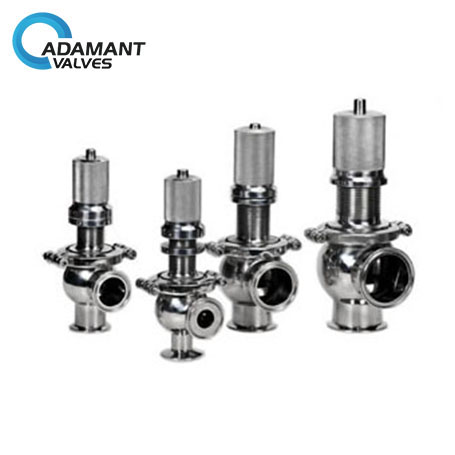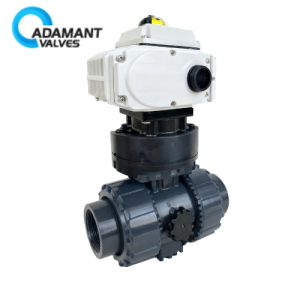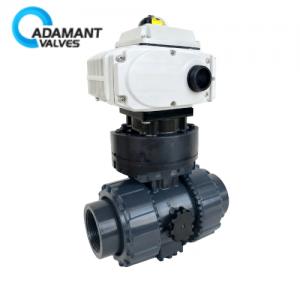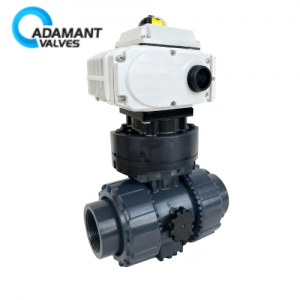Applications of Pressure Relief Valves

What is a Pressure Relief Valve?
A pressure relief valve is a specialized device that automatically reduces the operating pressure in various pipeline systems. It can also provide a special function to reduce the relatively high water pressure of the pre-valve pipeline to the level required for the post-valve pipeline.
Types of Pressure Relief Valves
There are many types of pressure relief valves with slightly different structures. The two most common types of pressure relief valves are:
- Thin Film Type
- Inner Spring Piston Type
The basic application of pressure relief valves is that the flow channel inside the valve has a local resistance to the water flow to reduce water pressure. The range of water pressure drop is automatically regulated by the thin film connecting the valve flaps or inlet and outlet water pressure difference on both sides of the piston.
Fixed-Type Pressure Relief Valves
In recent years, engineers have developed new types of pressure relief valves, such as the fixed-type pressure relief valve. The principle of fixed-type pressure relieving is to use the water pressure ratio control of the floating piston in the valve body. The pressure relieving ratio at the inlet and outlet ends is inversely proportional to the piston area on the inlet and outlet sides. This kind of pressure relief valve works smoothly without vibration. Since there’s no spring in the valve body, we don’t need to worry about spring corrosion and metal fatigue or failure. The sealing performance is good and there’s no leakage, so both dynamic pressure and static pressure can be reduced. When the pressure is reduced, the water flow is not affected.
Pressure relief valves usually have DN50~DN100 and other specifications. The operating pressure of pre-valve and post-valve is <1MPa and 0.1~0.5MPa, respectively. The error of the range of pressure regulating is ±5%~10%.
It should be noted that although there’s a large water head loss when the water flows through the pressure relief valve, it’s still energy efficient on the whole due to the fact that the waste of water is reduced, the distribution of system flow is reasonable, and the system layout and working conditions are improved.
Applications of Pressure Relief Valves
Sanitary pressure relief valves are widely used in high-rise buildings, areas with overly high water pressure in urban water supply networks, mines and other conveyance systems to ensure that various points in the water supply obtain the appropriate service water pressure and flow. In light of the fact that the water leakage and degree of waste are almost proportional to the water pressure of the water supply system, pressure relief valves have the role of improving the running working conditions of the system and can potentially save water. According to recent statistics, some pressure relief valves have water-saving effects of about 30%.
6 Precautions to Take When Using Pressure Relief Valves
- Before the pressure relief valve leaves the factory, its opening pressure should be adjusted one by one to the set value required by the user. If the user proposes the working pressure level of the spring, it should generally be adjusted according to the lower limit of the pressure level.
- Before installing the pressure relief valve on the protected equipment or before installation, the user must re-adjust at the installation site to ensure that the set pressure value of the pressure relief valve meets the requirements.
- You can adjust the opening pressure by changing the spring’s compression level. Simply rotate the adjusting screw within the spring’s working pressure level range, usually indicated on the nameplate.
- Before rotating the adjustment screw, the valve inlet pressure should be reduced to below 90% of the opening pressure. This prevents the valve disc from rotating when the adjustment screw is rotated, which may damage the sealing surface.
- In order to ensure the accuracy of the opening pressure value, the media conditions during adjustment, such as the type of media and temperature, should be as close as possible to the actual operating conditions.
- The conventional pressure relief valve is used to mitigate excess back pressure. When the opening pressure is adjusted after inspection (the back pressure is atmospheric pressure at this time), its setting value should be the required opening pressure minus the additional back pressure.




